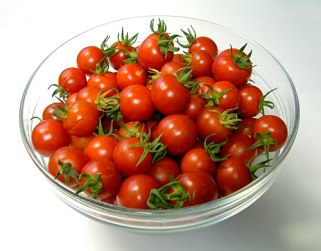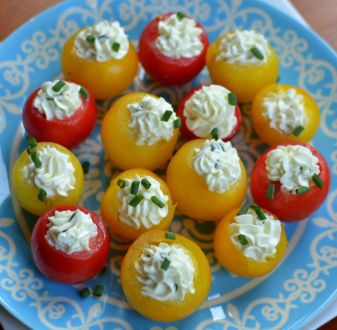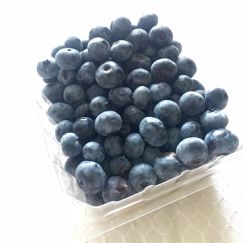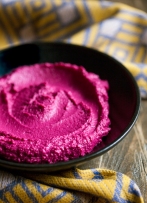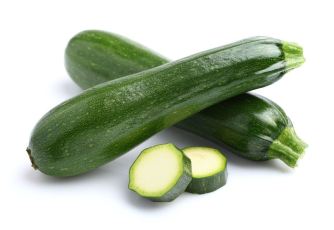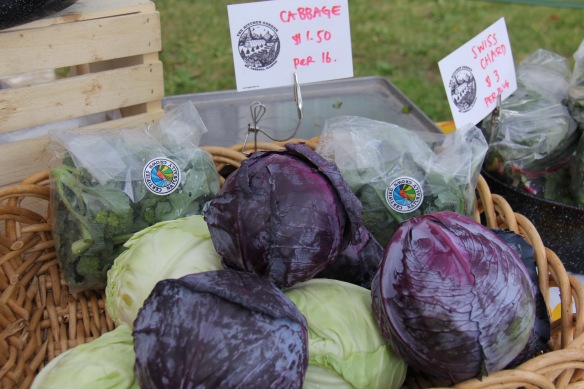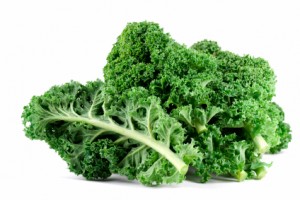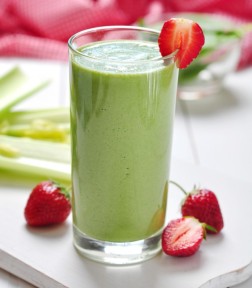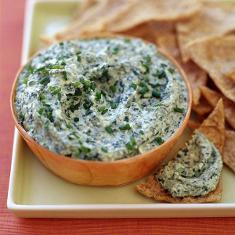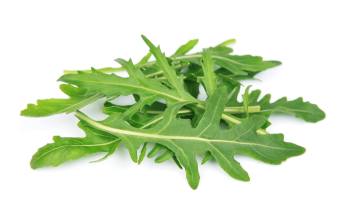Corn Cooking Methods
Corn has always been in abundance in Illinois in the late summer months and this season is no exception. With many of our vendors selling a variety of sweet corn from their farms at an extremely affordable price we wanted to give you three easy cooking methods to use that corn you bought at the market for dinner tonight.
How to Make Delicious Corn on the Cob for dinner:
Boiling Instructions
- Husk your corn, pull off the silky threads, and cut out any bad kernels.
- Boil a big pot of water with your desired amount of salt (for a stock pot I usually use about ½ a tablespoon
- Once brought to a rapid boil, add corn and let boil for 5 minutes. And done!
Grilling Instructions
- Fire up your grill and let it get to a medium-high heat
- While the grill is preheating, remove the husk and silky threads off of your corn
- Grill for 15 minutes – flipping every 4-5 minutes either naked or in foil:
- Naked (just corn on the grates) – ends up with more of a char broiled taste but does not hold onto its sweetness and moisture as well
- In Foil (wrap your corn in foil before placing on grill) – you can choose to brush the corn with butter or olive oil to add a nice pop of flavor
Microwave Instructions
- Husk the corn, take off any silky threads
- Wrap each individual corn cob in moist paper towels
- Microwave 4 minutes for 4-5 ears of corn (for 1-2 ears cut down to 3 minutes)
Ideas for topping that delicious corn on the cob:
- Olive oil – flavored from vendor, The Olive Oil Experience is our first choice
- Butter and sea salt (traditional but delicious)
- Mayonnaise (or plain Greek yogurt for a healthier option)
- Add some spice: chili pepper, cayenne pepper, black pepper, cumin, garlic salt, or whatever else makes sense to you
- Add some herbs: cilantro or dill make great additions
- A squeeze of lime – especially delicious with mayonnaise and spicy seasonings
- Herb Butter (make this ahead of time for parties): In a mixer add butter, parsley, dill, garlic, scallions, lemon juice, salt, and pepper and mix well. Scoop into an ice cube tray or into a margarine dish and place in refrigerator to set. Serve in individual pieces for your guests or family.
Check out your local farmers market for a variety of delicious sweet corn this week!
See you at the market!
-Nikki




